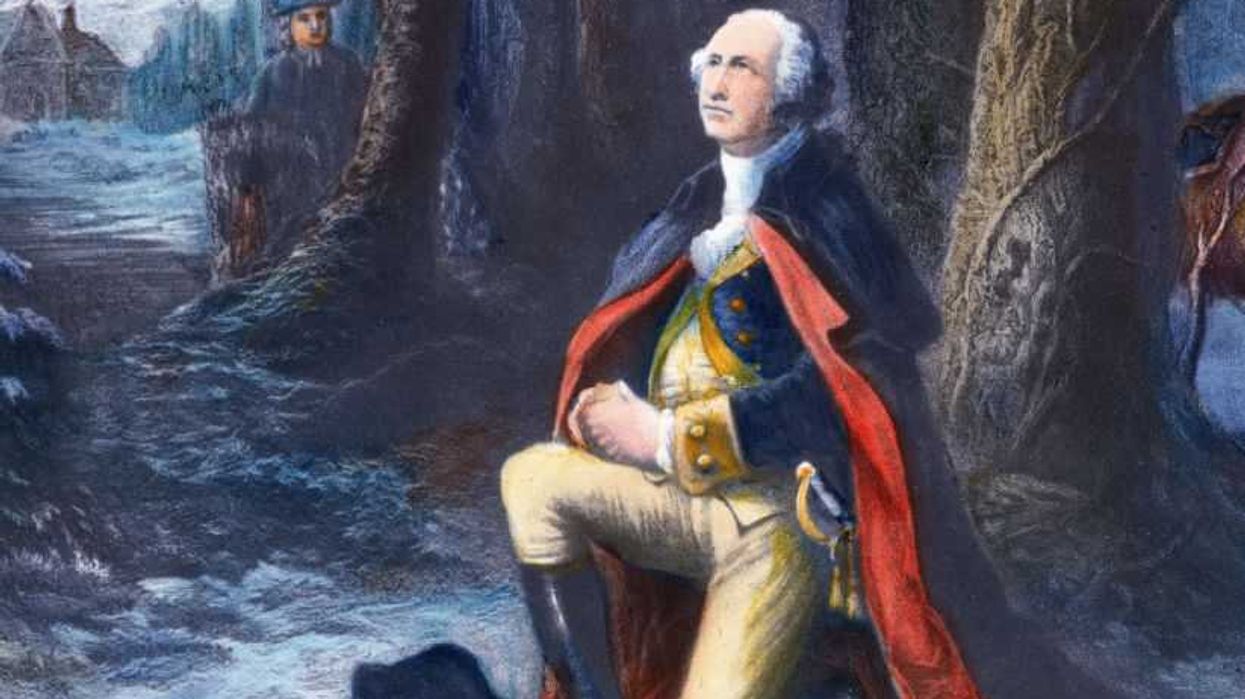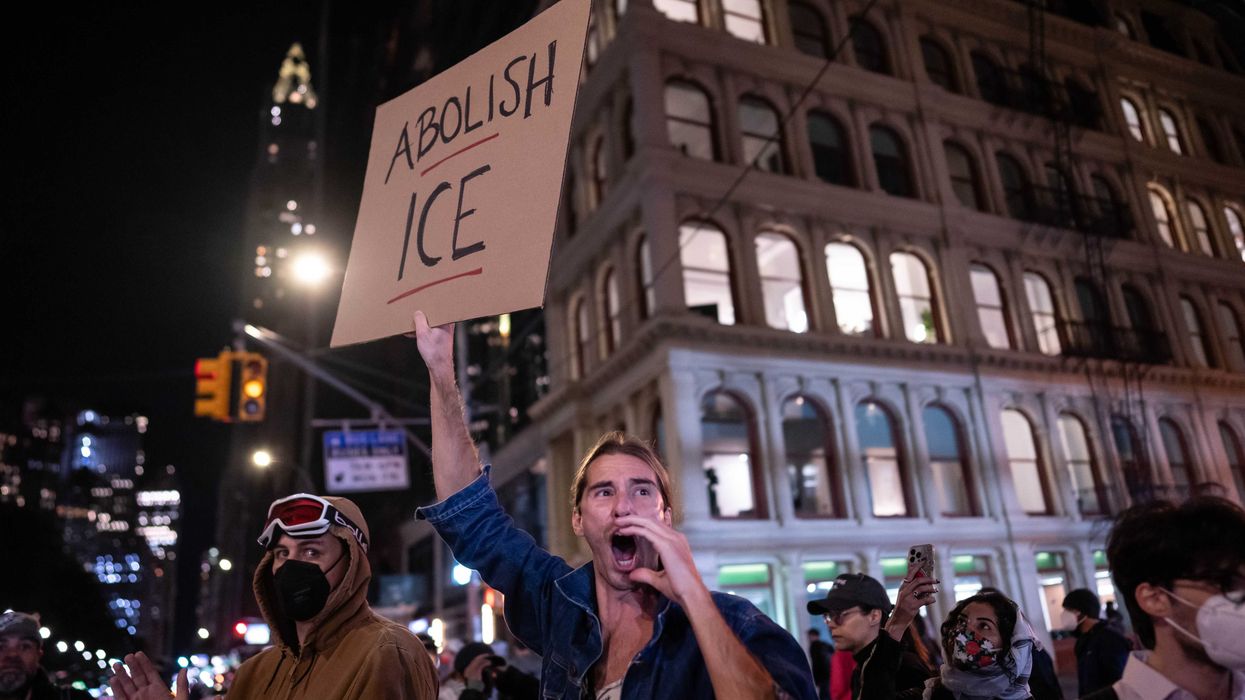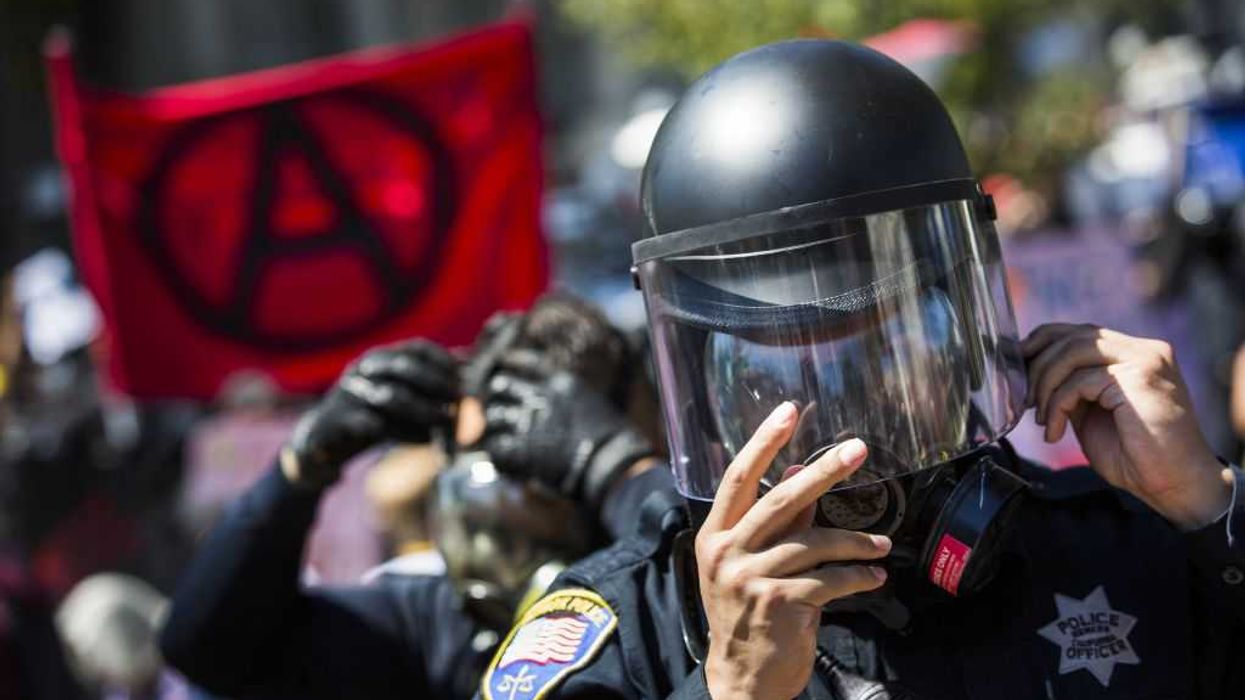"The press doing the bidding of the government is what they had in Soviet Russia or what they have in China and North Korea today. Without a free and independent press, you can’t have a free and independent civilization."
Glenn recently wrote that in response to the "Twitter Files" and the continued unveiling of the depth of Big Tech's affair with intelligence agencies. As Part 7 of the Twitter files just dropped, we learn that Twitter was "doing the bidding" of the FBI to censor the New York Post's Hunter Biden laptop story.
This installment of the "Twitter Files" was covered by Michael Schellenberger, the bestselling author of Apocalypse Never and San Fransicko, revealing the FBI primed Twitter to censor the New York Post’s Hunter Biden laptop story both before AND after it was published.
It all began in a Delaware computer shop...
In December 2019, Delaware computer store owner, John Paul (J.P.) Mac Issac contacted the FBI over a computer that was left at his store. This computer was owned by none other than Hunter Biden, whose computer contained damning evidence of criminal activity, from international bribery to illicit drug activity. As the evidence incriminated both Hunter Biden and his father, then-Senator Joe Biden, Mac Isaac contacted federal authorities. On Dec 9, 2019, the FBI issued a subpoena and took Hunter Biden's laptop from Mac Issac's shop. The below tweet contains both copies of the FBI subpoena and Peter Schweizer's explanation of Hunter Biden's illicit dealings revealed in the abandoned laptop.
37. As for the FBI, it likely would have taken a few *hours* for it to confirm that the laptop had belonged to Hunter Biden. Indeed, it only took a few days for journalist @peterschweizer to prove it. pic.twitter.com/eD8uk9lefn
— Michael Shellenberger (@ShellenbergerMD) December 19, 2022
For almost a year, Mac Isaac never heard back from the FBI about the subpoenaed laptop. Unbeknownst to the FBI, Mac Isaac had made a copy of the computer onto a new hard drive, and, wanting answers to what he uncovered on the laptop, he contacted former NYC Mayor and Trump advisor Rudy Giuliani in August 2020. Giuliani subsequently gave the story to the New York Post, which, on October 14, 2020, published the smoking-gun evidence concerning Hunter Biden's criminal activity in THIS bombshell article.
The evidence of then-Presidential candidate Joe Biden's knowledge of his son's illicit business deals and criminal activity had the potential to alter the 2020 election, which was less than a month away from the date of publication. Yet within several hours after publishing, the article vanished into thin air. If its disappearance didn't eliminate the possibility of political debate about this key information about a Presidential candidate, Big Tech hammered the nail in the coffin by labeling the story as "Russian propaganda." A month later, Joe Biden was elected President of the United States...
Within several hours after publishing, the article vanished into thin air.
...What happened?
The cover-up Conservatives have been fighting for years
Since 2020, conservatives have been called conspiracy theorists for accusing the deep state and Big Tech of conspiring to take down the potentially election-altering story. Today, they were proven true in Part 7 of the Twitter files.
Let's back up to October 13th, the day before the New York Post published its bombshell article about Hunter Biden's laptop. On the 13th, the New York Post informed Hunter Biden and his lawyer, George Mesires, that they would be running the story the next day. Several minutes later, just before 7 pm, Mesires contacted Mac Isaac, requesting to review the copy of the hard drive containing the damning evidence against his client.
Shortly before 7 pm ET on October 13, Hunter Biden’s lawyer, George Mesires, emails JP Mac Isaac.
Hunter and Mesires had just learned from the New York Post that its story about the laptop would be published the next day. pic.twitter.com/59RV5h8ZsM
— Michael Shellenberger (@ShellenbergerMD) December 19, 2022
Coincidentally, at 9:22 pm, just several hours later, FBI special Agent Elvis Chan sent a 10-page document to Yoel Roth, Twitter’s then-Head of Site Integrity, through Teleporter, a pre-existing one-way communications channel from the FBI to Twitter. The next day, Twitter, under Roth's supervision, took down the New York Post article on the grounds that it was potentially sourced from Russian hacking.
How was Roth so quick to come to that conclusion?
The FBI primes Twitter to consider the New York Post article "Russian propaganda"
As it turns out, the FBI had been priming Roth and others at Twitter for MONTHS to consider the New York Post article "Russian propaganda" in preparation for its publishing. In Dec 2020 after the Presidential election, Roth gave the following statement in a sworn declaration:
Since 2018, I have had weekly meetings with the Office of the Director of National Intelligence, the Department of Homeland Security, the FBI, and industry peers regarding election security. During these weekly meetings, federal law enforcement communicated that they expected "hand-and leak-operations" by state actors might occur in the period shortly before the 2020 presidential election, likely in October. I was told in these meetings that the intelligence community expected that individuals associated with political campaigns would be subject to hacking attacks and that material obtained through those hacking attacks would likely be disseminated over social media platforms, including Twitter. These expectations of hack-and-leak operations wee discussed throughout 2020. I also learned through these meetings that there were rumors that a hack-and-leak operation would involve Hunter Biden.
Roth disclosed under oath that the FBI and intelligence agencies warned him directly throughout 2020 of anticipated "hack-and-leak" operations, which would occur right before the 2020 election, most likely in October, and would involve Hunter Biden. Sound at all like the New York Post article?
But wait... there's more!
The FBI's effort to prime Twitter execs to view the New York Post article as a "hack-and-leak" operation didn't stop there.
On August 11, 2020, Elvis Chan, the same FBI agent who sent Roth the 10-page document the night before the New York Post article was published, shared information with Roth relating to the Russian hacking organization, APT28. The FBI again carried out this communication through the FBI and Twitter's one-way direct communication channel, Teleporter.
In a recent interview, Roth disclosed how he was primed to consider the New York Post's Hunter Biden laptop story as an APT28 operation based on the information he received from the FBI. He said, "It set off every single one of my finely tuned APT28 hack-and-leap campaign alarm bells."
24. Recently, Yoel Roth told @karaswisher that he had been primed to think about the Russian hacking group APT28 before news of the Hunter Biden laptop came out.
When it did, Roth said, "It set off every single one of my finely tuned APT28 hack-and-leap campaign alarm bells." pic.twitter.com/RKoR4NtH1s
— Michael Shellenberger (@ShellenbergerMD) December 19, 2022
Furthermore, in September 2020, Roth participated in an Aspen Institute “tabletop exercise" on a potential "Hack-and-Dump" operation relating to Hunter Biden. As Schellenberger reports, "The goal was to shape how the media covered it — and how social media carried it." The event was organized by Vivian Schiller the former CEO of NPR, the former general manager of the New York Times, and the former Chief Digital Officer of NBC News. Attendees included Meta/Facebook's head of security policy, and top national security reporters from the New York Times, the Washington Post, and others.
31. The organizer was Vivian Schiller, the fmr CEO of NPR, fmr head of news at Twitter; fmr Gen. mgr of NY Times; fmr Chief Digital Officer of NBC News
Attendees included Meta/FB's head of security policy and the top nat. sec. reporters for @nytimes @wapo and others pic.twitter.com/3yO5ZIc2Jy
— Michael Shellenberger (@ShellenbergerMD) December 19, 2022
Fast forward to October 13, 2020, when Roth received a 10-page document about the New York Post story about Hunter Biden being published the next day, a month before the election. Though Roth admitted the story "isn’t clearly violative of our Hacked Materials Policy, nor is it clearly in violation of anything else," he concluded the story "feels a lot like a somewhat subtle leak operation.” He had been primed the entire year to come to that conclusion.
34. On Oct 14, shortly after @NYPost publishes its Hunter Biden laptop story, Roth says, “it isn’t clearly violative of our Hacked Materials Policy, nor is it clearly in violation of anything else," but adds, “this feels a lot like a somewhat subtle leak operation.” pic.twitter.com/xMnEWzgxdU
— Michael Shellenberger (@ShellenbergerMD) December 19, 2022
He had been primed the entire year to come to that conclusion
There's even more corruption between Twitter and the FBI revealed in Part 7 of the "Twitter Files." Schellenberger revealed that the now-fired deputy general counsel and former FBI agent Jim Baker celebrated Twitter's accomplishment of earning more than $3 million from the FBI since 2019. Internal communications also revealed Twitter had a Slack channel called "Bu Alumni" specifically for the sheer number of former FBI employees working at Twitter and that the FBI gave Roth and other Twitter employees top security clearance to share intelligence between the two "agencies."
So what have we learned from Part 7 of the Twitter Files?
First, we learn that we were right. Conservatives have been gaslit to believe that they were "conspiracy theorists" for arguing that there was a concerted effort to censor content that threatened the woke establishment leading up to the 2020 election, like the Hunter Biden laptop story. It turns out this "conspiracy theory" was a real conspiracy.
Second, as Glenn said while covering the Twitter Files, we learn Big Tech's adulterous affair with the deep state threatens two of the most sacred pillars enshrined in the U.S. Constitution: the right to freedom of speech, and the right to free and fair elections. As Glenn recently said, Twitter and the FBI "subverted the constitutionally mandated process of free and fair elections."
These questions still need answers...
So that's what we have learned... but what haven't we learned yet? Why did the FBI spend a whole year priming Big Tech and media execs to censor the Hunter Biden laptop story? When they obtained the laptop from Mac Isaac's computer shop, did they find evidence that they themselves were implicated in Joe and Hunter Biden's illicit business dealings? Are they trying to cover their own tracks just as much as they were determined to see Joe Biden as the winner of the 2020 presidential election?
It would be naive to think that the FBI's effort to cover up the New York Post's story wasn't motivated by some degree of self-interest. The question remains—how deeply is their self-interest intertwined with what is contained in Hunter Biden's laptop? These questions need answers.

 AASHISH KIPHAYET / Contributor | Getty Images
AASHISH KIPHAYET / Contributor | Getty Images
 Harold M. Lambert / Contributor | Getty Images
Harold M. Lambert / Contributor | Getty Images Adam Gray / Stringer | Getty Images
Adam Gray / Stringer | Getty Images Anadolu / Contributor | Getty Images
Anadolu / Contributor | Getty Images